How to Compile a C Program Using the GNU Compiler (GCC)
Method 1 of 2:
Using GCC for Unix
-
 Open up a terminal window on your Unix system. Its icon usually is a black screen with some white characters on it.
Open up a terminal window on your Unix system. Its icon usually is a black screen with some white characters on it. -
 Type gcc --version and press ↵ Enter. This should return the version number of the C compiler. If the command is not found, it is likely that GCC isn't installed.[1]
Type gcc --version and press ↵ Enter. This should return the version number of the C compiler. If the command is not found, it is likely that GCC isn't installed.[1]- If it's not installed, consult the documentation for your Linux distribution to learn how to get the correct package.
- If you're compiling a C++ program, use 'g++' instead of 'gcc.'
-
 Navigate to the directory where your source code is saved.
Navigate to the directory where your source code is saved.- For example, if your source code file, 'main.c', is located in /usr/wikiHow/source, type cd /usr/wikiHow/source.
-
 Type gcc main.c –o HelloWorld. Replace 'main.c' with the name of your source code file, and 'HelloWorld' with the name of your finished program. The program will now compile.
Type gcc main.c –o HelloWorld. Replace 'main.c' with the name of your source code file, and 'HelloWorld' with the name of your finished program. The program will now compile.- If you see errors and want to see more information about them, use gcc -Wall -o errorlog file1.c. Then, view the 'errorlog' file in the current directory with cat errorlog.
- To compile one program from multiple source code files, use gcc -o outputfile file1.c file2.c file3.c.
- To compile multiple programs at once with multiple source code files, use gcc -c file1.c file2.c file3.c.
-
 Run your newly-compiled program. Type ./HelloWorld but replace 'HelloWorld' with the name of your program.
Run your newly-compiled program. Type ./HelloWorld but replace 'HelloWorld' with the name of your program.
Method 2 of 2:
Using MinGW for Windows
-
 Download Minimalist GNU for Windows (MinGW). This is an easy-to-install version of GCC for Windows. You can download the installer from https://sourceforge.net/projects/mingw/.[2]
Download Minimalist GNU for Windows (MinGW). This is an easy-to-install version of GCC for Windows. You can download the installer from https://sourceforge.net/projects/mingw/.[2] -
 Run the MinGW installer.
Run the MinGW installer.- If the file doesn't open by itself, double-click it in your downloads folder, then click Install.
-
 Select your install preferences and click Continue.
Select your install preferences and click Continue.- MinGW recommends using the default installation folder (C:MinGW). If you must change the folder, don't use a folder with spaces in the name (e.g. 'Program Files').[3]
-
 Select which compilers to install.
Select which compilers to install.- At the minimum, choose Basic Setup on the left panel, then place check marks next to all of the listed compilers in the right main panel.
- More advanced users can choose All Packages and select additional compilers.
-
 Click the Installation menu. It's at the top left corner of MinGW.
Click the Installation menu. It's at the top left corner of MinGW. -
 Click Apply Changes.
Click Apply Changes. -
 Click Apply. The compilers will now download and install.
Click Apply. The compilers will now download and install. -
 Add the path to MinGW to system environment variables. Here's how:
Add the path to MinGW to system environment variables. Here's how:- Press ⊞ Win+S to launch search, then type environment.
- Click Edit the system environment variables in the search results.
- Click Environment Variables
- Click Edit beneath the top box (under 'User Variables')
- Scroll to the end of the 'Variable Value' box.
- Type ;C:MinGWbin right after the last letter in the box. Note that if you installed MinGW to a different directory, enter ;C:path-to-that-directorybin.
- Click OK, and then OK again. Click the one remaining OK button to close the window.
-
 Open the command prompt as an administrator. To do this:
Open the command prompt as an administrator. To do this:- Press ⊞ Win+S and type cmd.
- Right-click Command Prompt in the search results, then select Run As Administrator.
- Click Yes to allow changes.
-
 Navigate to the folder where your source code is saved.
Navigate to the folder where your source code is saved.- For example, if your source code file called helloworld.c is located in C:SourcePrograms, type cd C:SourcePrograms.
-
 Type gcc helloworld.c –o helloworld.exe. Replace 'helloworld' with the name of your source code and application. Once the program is compiled, you'll return to the command prompt without errors.[4]
Type gcc helloworld.c –o helloworld.exe. Replace 'helloworld' with the name of your source code and application. Once the program is compiled, you'll return to the command prompt without errors.[4]- Any coding errors that appear must be corrected before the program will compile.
-
 Type the name of your program to run it. If it's called helloworld.exe, type that to start your program.
Type the name of your program to run it. If it's called helloworld.exe, type that to start your program.
3.5 ★ | 2 Vote
You should read it
May be interested
- Huawei launched Ark Compiler to help Android outperform iOS
 huawei's ark compiler compiler will increase android performance more than ios.
huawei's ark compiler compiler will increase android performance more than ios. - How to Compile CPP File to EXE
 this wikihow teaches you how to convert your c++ code (cpp) into an executable exe file. if you use the commercial version of microsoft visual studio to write your code, it has a built-in compiler that's easy to use. if you're using a...
this wikihow teaches you how to convert your c++ code (cpp) into an executable exe file. if you use the commercial version of microsoft visual studio to write your code, it has a built-in compiler that's easy to use. if you're using a... - How to Compile Python Script
 python is a very popular language for programming. but what if the person running your program does not want or know how to run a python script? this article will teach you how to compile a python script into an executable. download...
python is a very popular language for programming. but what if the person running your program does not want or know how to run a python script? this article will teach you how to compile a python script into an executable. download... - Installation instructions C
 there are several free and available ides for compiling and executing c programs. you can choose dev-c ++, code :: blocks, or turbo c. however, the most popular and commonly used options are especially dev-c ++ and c programs in this series are also compiled and executed in dev-c ++.
there are several free and available ides for compiling and executing c programs. you can choose dev-c ++, code :: blocks, or turbo c. however, the most popular and commonly used options are especially dev-c ++ and c programs in this series are also compiled and executed in dev-c ++. - Inline function in C ++
 inline functions in c ++ are powerful concepts that are commonly used with classes. if a function is inline, the compiler places a copy of the code of that function at each location that the function is called at compile time.
inline functions in c ++ are powerful concepts that are commonly used with classes. if a function is inline, the compiler places a copy of the code of that function at each location that the function is called at compile time. - CSS online editor
 the online css compiler tool allows css coding in the browser and immediately sees the effects it brings to make your css learning easier and easier.
the online css compiler tool allows css coding in the browser and immediately sees the effects it brings to make your css learning easier and easier. - Instructions on how to compile and execute Java using Command Prompt
 let's tipsmake.com refer to the tutorial how to compile and execute java by command prompt on windows and mac computers!
let's tipsmake.com refer to the tutorial how to compile and execute java by command prompt on windows and mac computers! - Command line parameter in C
 this chapter only really makes sense for you if you are using a command promt to compile the program. it is possible to pass values from the command line - command line to program c when it is executed.
this chapter only really makes sense for you if you are using a command promt to compile the program. it is possible to pass values from the command line - command line to program c when it is executed. - Python online editor
 this python online compiler has two parts: the above is called script.py, where you enter python code. click run code when writing the code, the output will display below, in the ipython shell section.
this python online compiler has two parts: the above is called script.py, where you enter python code. click run code when writing the code, the output will display below, in the ipython shell section. - TOP 6 websites that support online Python programming compilation
 here is a list of the best online python compilers that you can use to compile, script, and run your code in python online.
here is a list of the best online python compilers that you can use to compile, script, and run your code in python online.
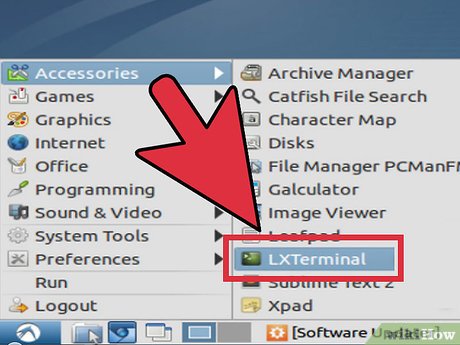
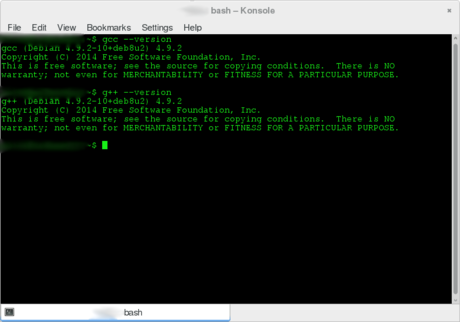
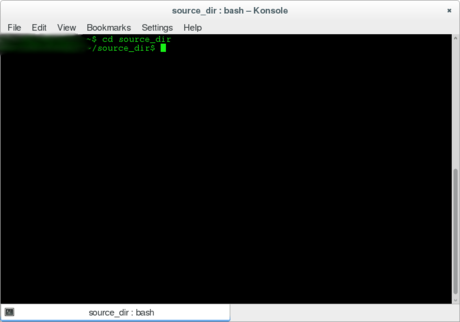




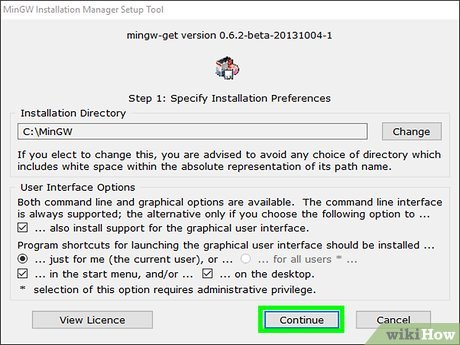

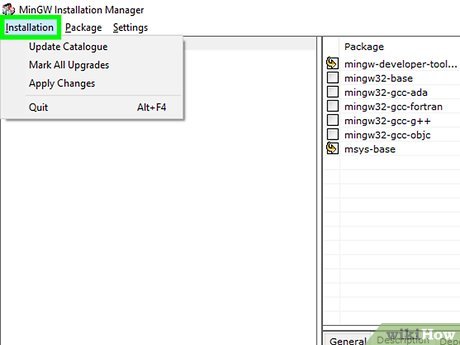
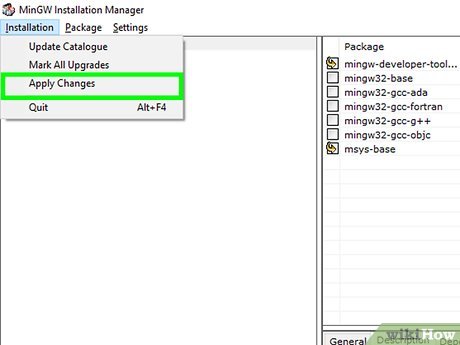
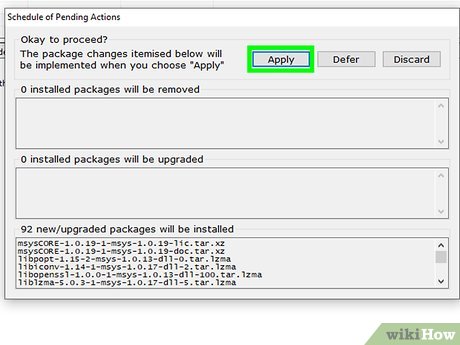
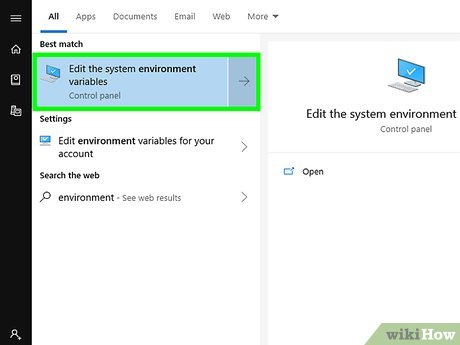
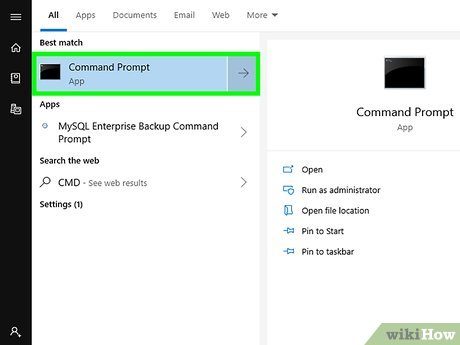













 Memmove function in C
Memmove function in C Memset () function in C
Memset () function in C Strcat function in C
Strcat function in C Strncat () function in C
Strncat () function in C The strchr () function in C
The strchr () function in C The function strcmp () in C
The function strcmp () in C